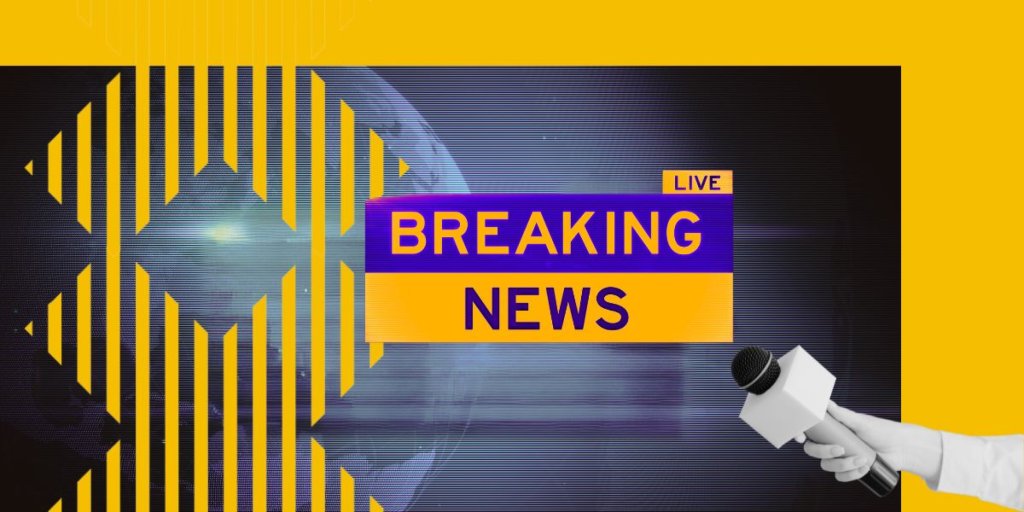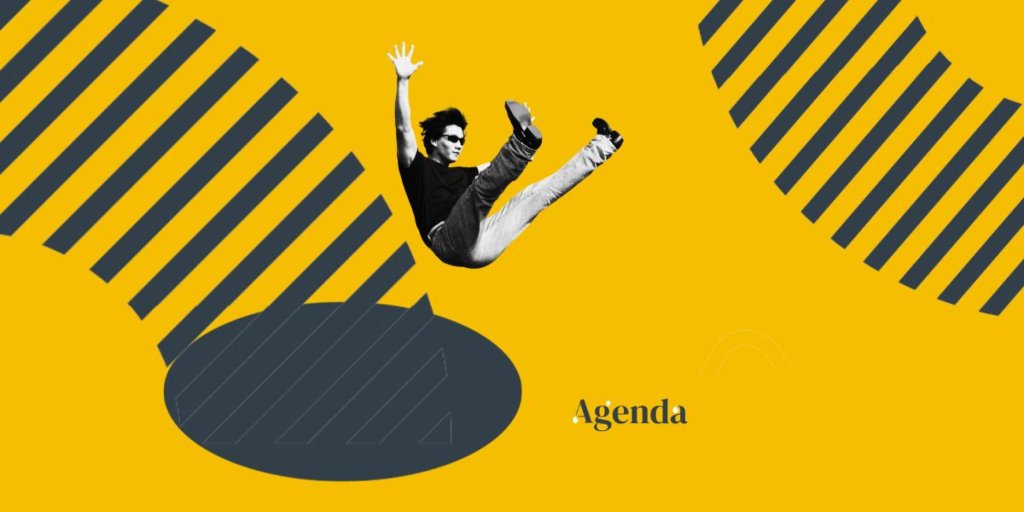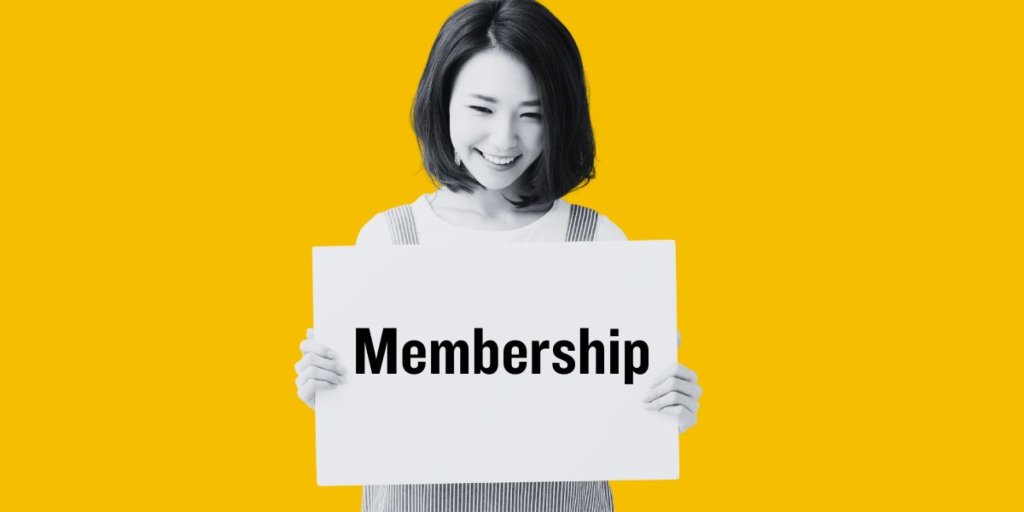The 24/7 rolling news agenda demands a constant stream of content. At the same time, editorial teams and budgets have been cut. Therefore, journalists must produce more stories with fewer resources. Rather than view this as a challenge, forward-thinking organisations can see this as an opportunity.
The immediacy and volume of required news content can be overwhelming. So, journalists and editors frequently look to external organisations for help and insight on what’s happening, who is saying and doing what, and how society is responding.
Journalists also need a steady supply of data, comments and case studies. This can provide openings for press officers – particularly those who can find a new angle on a current story, can quickly turn around a relevant blog and have extensive social media networks which can be used to source information and share stories.
Different types of journalists have different demands. Understanding the nuances between print, digital and broadcast media should inform your PR plan and influence your results. And knowing the target audiences and preferred angles of each outlet will help you pick the right title to craft and pitch your stories accordingly.
Included within this is knowing who the best person is to build a relationship with – it might not necessarily be the editor or person in front of the camera. Often, people behind the scenes can be your most important allies in getting your stories out there. So, who are they?
Here is a helpful who’s who in the media landscape
1. Editor/editor-in-chief
The most senior journalist, responsible for its entire editorial output. Only pitch to the editor if the magazine is small with few staff.
2. Deputy editor
Often more hands-on than the editor, with a key role in forward planning, commissioning and hiring.
3. Assistant editor/associate editor
Senior editors who might have responsibility for a particular section of the magazine.
4. Contributing editor
Often freelance, they mainly contribute ideas, articles and – importantly – contacts.
5. Features editor/commissioning editor
Responsible for coming up with story ideas and finding writers to produce them.
6. News and feature writers
These writers are the first port of call for news stories and feature ideas. Get them on side, and they can pitch your story to the team.
7. Sales/Business development
The team to speak to about sponsorship and advertising opportunities.
Digital media as above but with the additions of:
8. Online editor
Similar role as ‘editor’ above but focusing purely on digital content.
9. Community manager
Responsible for the management of the brand’s online content channels, driving and directing community conversation in areas such as lifestyle blogs, news and reviews, forum areas etc.
10. Social producer
Responsible for social media feeds, this person will also create content for a publication to grow its follower base and levels of engagement.
Broadcast media
11. Editor
The editor is responsible for the programme as a whole. They manage the budget, the staff, the talent, check for inaccuracies, influence content decisions.
12. Output editor
They’ll choose the lead story and the running order, choose the guests, and the way stories are treated.
13. Producer
Oversees all aspects of a tv programme, similar to an editor in the print media.
14. Associate/assistant producers
Can be useful contact to influence the producer.
15. Planner
Manages the forward planning diary and co-ordinates with the news team. Get on their contacts list.
16. Newsreader
They are usually journalists who have worked their way up through the ranks. Their job is as much about reading the news as it is about handling situations that go wrong.
17. Journalist
Journalists collect, verify and analyse information about news and events and present that information in an accurate, impartial and balanced way.
And finally, don’t forget about freelancers. They are usually well connected, know what editors are looking for and will have multiple stories on the go at any one time.
In a nutshell
Journalists are always under pressure to find new and interesting content and information to build loyalty with their audiences.
Before you approach a journalist, know who they write for and what sort of content and information they prefer. Understand the nuances between print, digital and broadcast media.
Understanding who to approach in a media organisation is as important as bringing the right sort of content
When you make your pitch, present your idea efficiently and effectively. Finding a new angle on current stories; ensure you can quickly turn around a relevant blog; and have extensive social media networks around which content can be shared.
Once you’ve sold your story, meet the brief provided, particularly the deadline. And don’t overpromise. If you can’t deliver, be honest.





